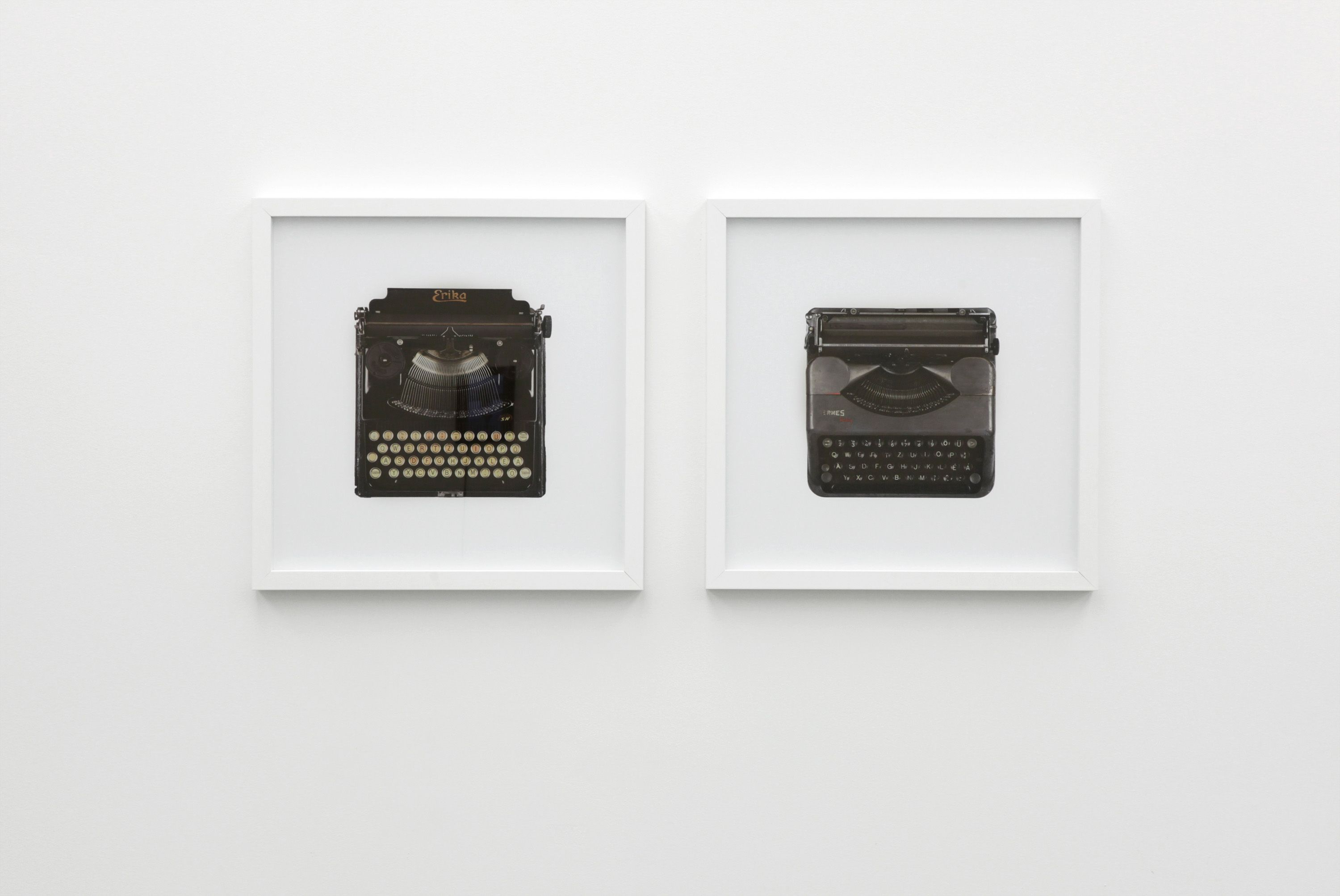Marcell Esterházy
compare (cf.)
| Venue: | acb Gallery |
| Date: | Oct 18 – Nov 15, 2013 |
Description
Marcell Esterházy’s works are presented by acb Gallery as a solo exhibition for the first time. Esterházy – a graduate of the Intermedia Program of the Hungarian University of Fine Arts and, later, a student of Lucien Hervé – primarily works in the medium of photography. He most often bases his works on personal stories – his own and others’. In recent years, his attention has increasingly been centered on the story of his family, intricately interwoven, on both his mother’s and father’s side, with key moments in Hungarian – and sometimes universal – history. He works from archives, chiefly the 600-piece photo archive of the branch of the Esterházy family with a lineage of counts, which documents the family’s history between 1916 and 1939. In addition, he uses press photos, film segments, and objects from the given time period. Esterházy’s contemporary works of art created from archived documents are not merely a result of artistic appropriation: the chosen archive material is rendered important and current by an accompanying story, which, in most cases, can be brought into association with present-day political or social phenomena.
In his exhibition entitled Compare (cf.), similarly to previous years, Marcell Esterházy uses various media to utilize and reinterpret material from the family archives. The term “confer” (cf.) is used in written texts to denote references directly relevant to the given topic. In the context of Esterházy’s exhibition, it alludes to the various stories, associations, layers, and references condensed into individual works. In connection with the title, the oeuvre of his father Péter Esterházy, the novelist – who, from the perspective of his son, is part in the family’s history as well – is also significant. References and quotations are important features of Péter Esterházy’s work, as is the gesture of appropriation.
Almost all of the displayed works are portrait-based, rendering this not-so-personal genre the dominant motif of the exhibition. Esterházy changes the form and/or medium of the portraits (originally photos, paintings, or drawings), transforming them into photos, videos, as well as lightbox and neon works. The artist employs the technique of portrait making even when the point of departure is an object, in which case one’s personal relationship to that object that becomes the focus of emphasis.

